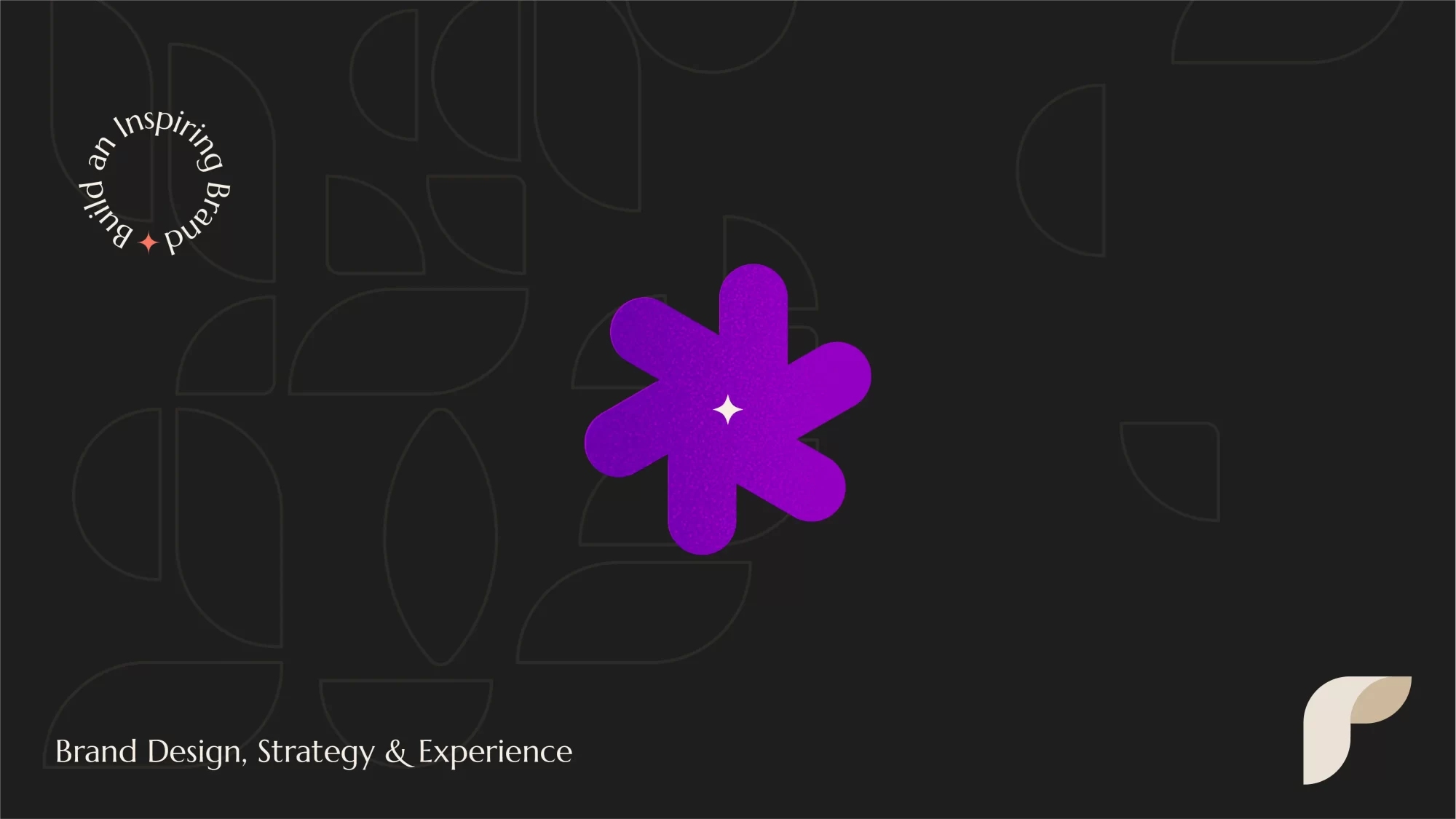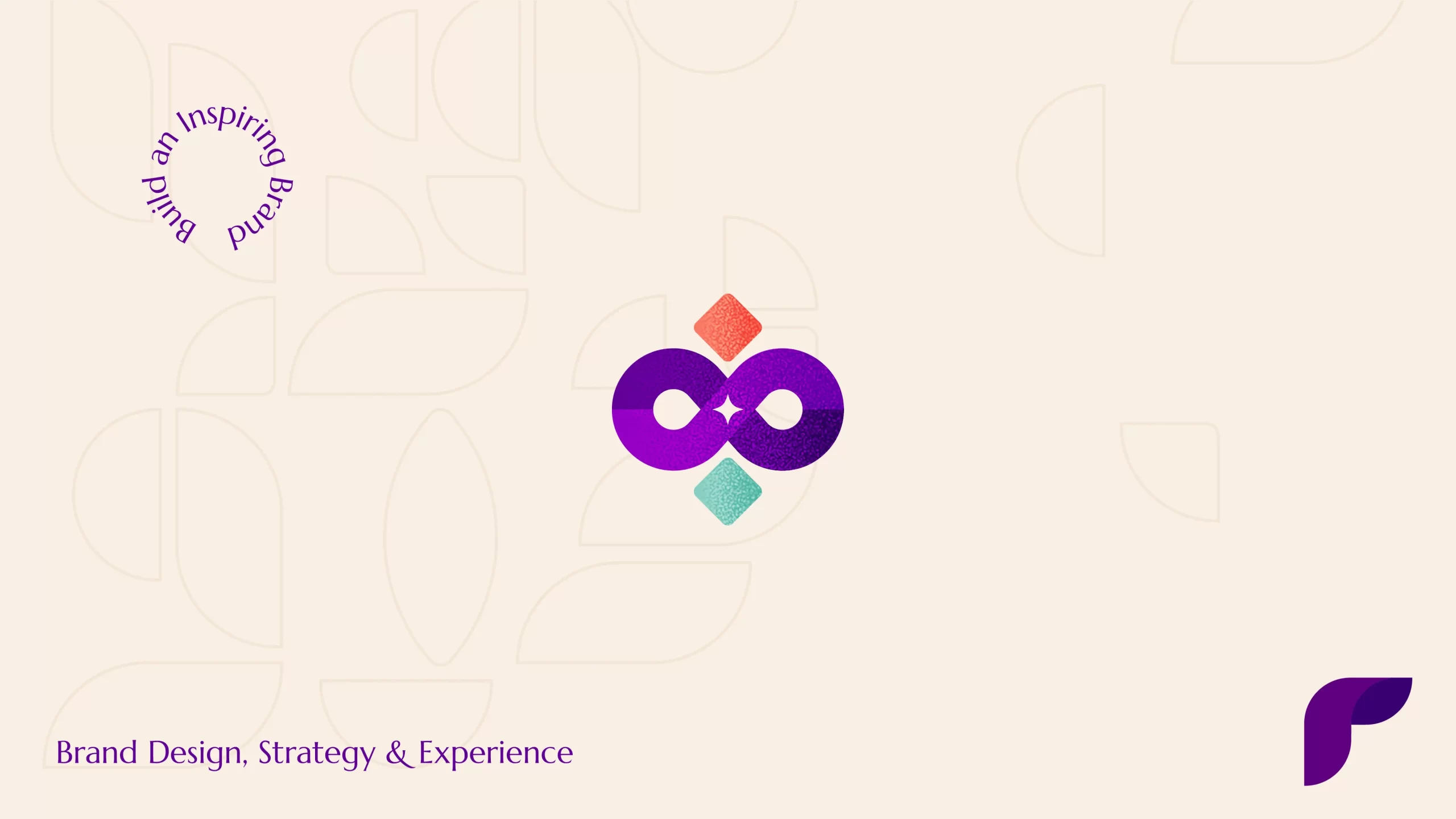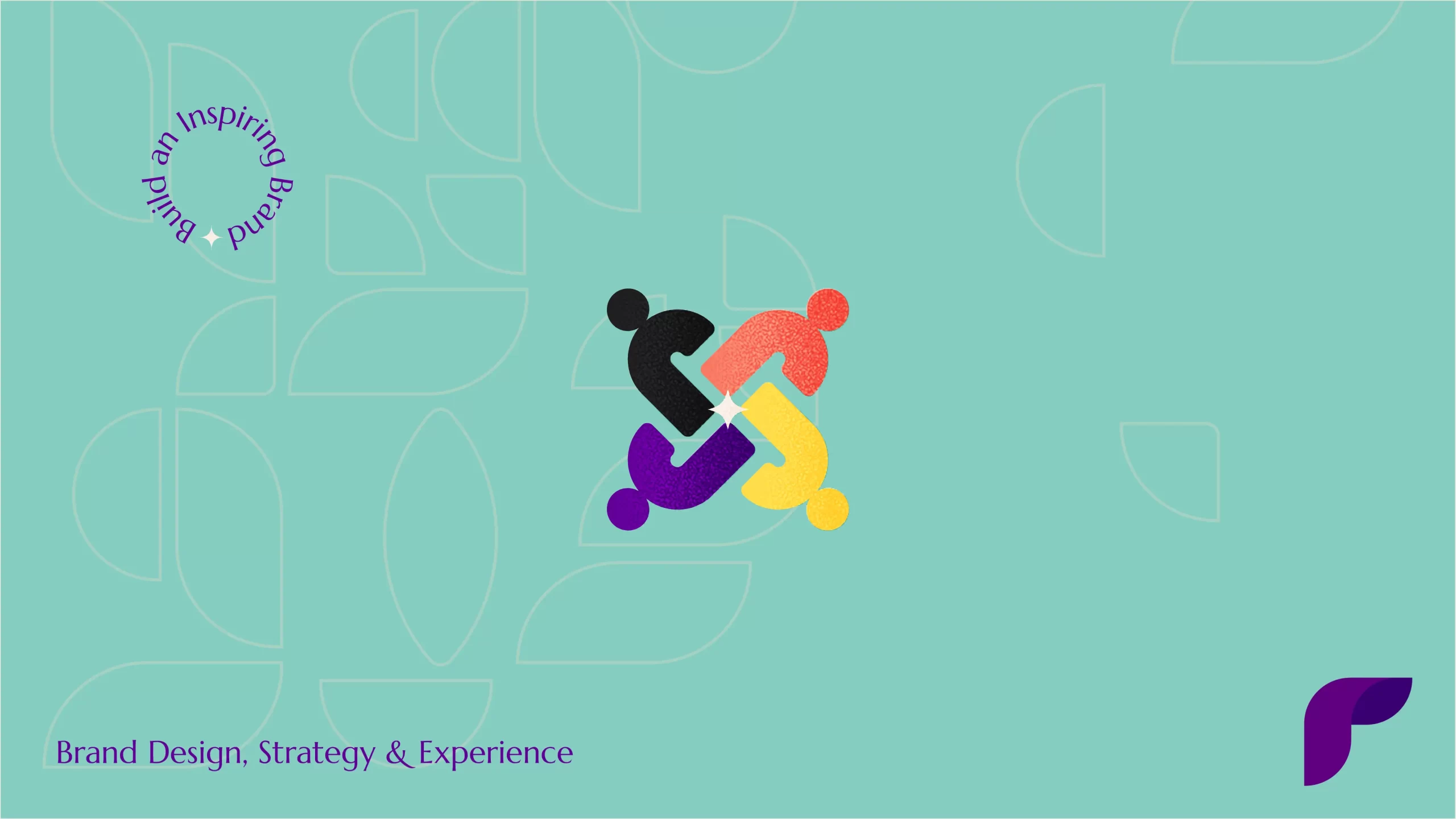Packaging design has always played a pivotal role in brand identity and consumer perception. Beyond the practicality of protecting products, packaging serves as a powerful tool for conveying brand values and attracting customers.
But if you have been following the news, you would know that in recent times, there has been a notable shift in consumer preferences towards sustainable and eco-friendly packaging. This changing mindset is prompting brands to explore innovative materials and design practices.
Initiatives that not only uphold their brand image but also align with environmental consciousness. Keep reading to learn more and understand how you can align your business with these changing times.
What’s in this article?
Significance of packaging in branding
Packaging is the first point of contact between a product and a consumer. It is the visual and tactile representation of a brand’s personality, creating a lasting impression. It goes without saying that effective packaging design not only enhances the shelf appeal of a product but also communicates a brand’s story and values.
With consumers becoming more conscious of environmental issues, brands are under increasing pressure to adopt sustainable packaging solutions. This should include solutions that keep adapting and always resonate with the mindsets and preferences of their target audience.
For instance, Unilever has committed to making all its plastic packaging recyclable, reusable, or compostable by 2025. The company is also exploring alternative materials, including using recycled plastic from ocean waste.
Similarly, Coca-Cola has made strides in sustainable packaging by introducing PlantBottle, a partially plant-based and fully recyclable PET plastic bottle.
Materials in packaging design: The journey
Traditionally, packaging materials were often chosen based on cost, durability, and aesthetics. However, with sustainability taking center stage, there’s a paradigm shift towards innovative materials that are not only eco-friendly but also functional.
Bioplastics derived from renewable sources, such as corn starch or sugarcane, are gaining popularity as alternatives to traditional petroleum-based plastics. Additionally, materials like mushroom-based packaging and seaweed-derived packaging are emerging as sustainable alternatives.
This is because they offer a blend of both biodegradability and reduced environmental impact. Consumers are increasingly associating a brand’s environmental responsibility with the materials used in packaging.
Choosing sustainable materials can enhance a brand’s image, demonstrating a commitment to ecological preservation. However, it’s crucial for brands to communicate their sustainable choices transparently. Only then can they build trust and credibility with their audience.
Also read: The power of packaging design: How it can shape your brand perception
Sustainable packaging practices
If you are lost about where to begin your shift, here are some options:
1. Eco-friendly materials and biodegradability
Biodegradable materials break down naturally over time, reducing the long-term environmental impact of packaging. Brands are exploring alternatives like compostable packaging made from materials such as cornstarch, bamboo, or bagasse, providing a sustainable end-of-life solution.
These materials not only minimize waste but also align with consumers’ desire for products that do not contribute to pollution. For example, Chai Kings, an Indian coffee brand, has come up with an innovative concept to keep their beverages hot or cold for online orders.
While the outer cover looks like a cardboard box through which customers can serve themselves the coffee, the internal portion of the packaging has a layer of insulation. It can retain heat or chillness for long periods. This makes it both easy to pour and consume the beverages while also giving the brand a memorable packaging design.
2. Minimalist and reusable packaging trends
Minimalist packaging design is gaining popularity as brands recognize the value of simplicity and reduction in waste. Minimalist packaging focuses on essential elements, eliminating unnecessary layers and materials.
Additionally, there is a growing trend of reusable packaging, where consumers are encouraged to repurpose or refill containers. Brands are investing in durable, high-quality packaging that serves a dual purpose. This ultimately reduces the need for single-use items and promotes sustainability.
3. Packaging design for reduced environmental impact
Innovative packaging design goes beyond materials and incorporates practices that reduce the overall environmental impact. Brands are optimizing packaging sizes to minimize waste and transportation costs.
This welcomes lightweight materials to reduce carbon emissions during transportation and deliveries online. Smart packaging solutions, such as QR codes that provide information on sustainable practices or recycling instructions, are becoming integral parts of packaging design. This is a good way to educate consumers and encourage responsible disposal.
Balancing aesthetics and functionality
In the pursuit of sustainability, it’s essential for brands to balance aesthetics with functionality. Packaging design should not compromise the practicality of protecting the product and ensuring its integrity during transportation and storage.
Brands must consider the requirements of their products and find innovative solutions that meet both environmental and functional criteria. Collaborations between designers, engineers, and sustainability experts are crucial in achieving this delicate balance.
Furthermore, brands that successfully integrate sustainability into their packaging without sacrificing their identity are better positioned to resonate with consumers and build long-term loyalty.
Final thoughts
The future of packaging design holds exciting possibilities with technological advancements in smart packaging. Smart packaging incorporates technologies like RFID tags, sensors, and augmented reality to enhance user experience and provide valuable information.
This not only adds a layer of innovation but also facilitates better communication of a product’s sustainable attributes. Brands leveraging smart packaging are likely to stay ahead, combining sustainability with cutting-edge technology.
They not only contribute to environmental conservation but also position themselves as leaders in a market where conscious consumer choices are driving change. The future of packaging design lies in a delicate balance between aesthetics, functionality, and a steadfast commitment to sustainable practices.




